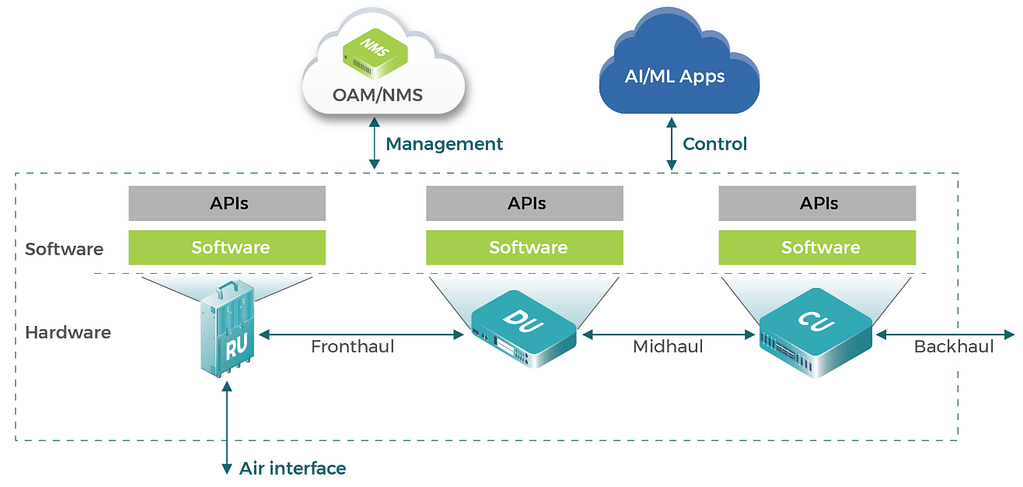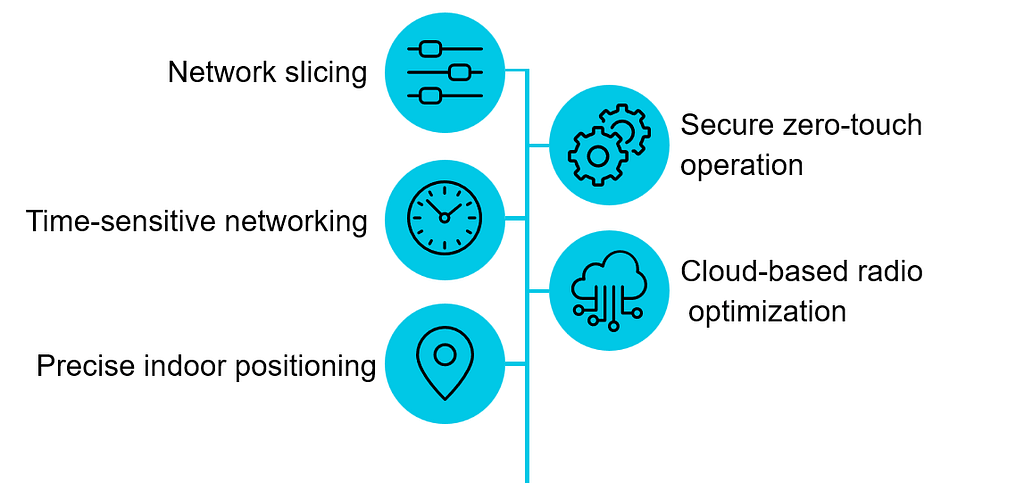The 6G-Terafactory project is pioneering the development of a flexible and open RAN (Radio Access Network) solution tailored for digital factories. The objective is to create a system that is easy to deploy and manage, akin to setting up and operating a company-owned WiFi network. This is made possible through an innovative automation approach, which streamlines the architecture and function blocks while integrating security and resilience as fundamental components.
By adopting a bottom-up structure and focusing on essential elements, the project aims to significantly reduce complexity and costs compared to previous 5G practices, which primarily targeted the service provider market. This approach also addresses security concerns inherent in the Open RAN context. Moving away from monolithic turn-key solutions, the project embraces an open platform approach, fostering the development of a collaborative ecosystem where partners, particularly SMEs from Germany and Europe, can contribute solution components.
The project capitalizes on the advantages of a campus network environment, which is more conducive to an open-RAN approach compared to the service provider market. This is due to the smaller scale and lower complexity of campus networks, which make it feasible to establish open solutions without relying heavily on large mobile communications suppliers or integrators with specialized expertise.
Adtran’s terafactory serves as the testing ground for the developed open RAN solution. Practical use cases aligned with the 6G vision, focusing on networking the digital, physical, and human worlds, are explored to leverage network performance for optimal efficiency. These use cases involve integrating autonomous industrial trucks, test and assembly robots, and employees equipped with XR (Extended Reality) glasses to automate the assembly, configuration, and provisioning of customer-specific products from individual components, utilizing a digital twin of the factory.
Solution Approach

The 6G-Terafactory project aims to construct a versatile, private campus network tailored for real-time industrial applications, leveraging the open architecture of the O-RAN Alliance. Beginning with 3GPP Release 16 as a foundation, which supports crucial features like URLLC (Ultra-Reliable Low Latency Communication), time-sensitive meshes, and enhanced indoor positioning accuracy, the project adopts an open ecosystem approach for implementation. This approach facilitates the integration of hardware and software components from diverse manufacturers through standardized interfaces and an agile Continuous Integration/Continuous Deployment (CI/CD) methodology.
The project’s objective is to utilize solutions from European manufacturers for core components such as the Radio Unit (RU), Distributed Unit (DU), Central Unit (CU), and Mobile Core (MC), aiming for a technologically advanced overall solution. To ensure high availability, core components are redundantly designed. Collaboration partners include Benetel for the RU, Commagility for the DU, Accelleran for the CU, and Athonet for the MC, although the project remains open to alternative or emerging providers.
Adtran, the leading entity, intends to introduce a novel DU platform facilitating packet transport and time synchronization through programmable hardware. This platform will incorporate slots allowing integration with DU hardware or servers from various manufacturers, such as NXP. The project’s approach underscores its commitment to technological innovation and collaboration within the European market, fostering advancements in industrial network infrastructure.

Building on the experimental campus network implementation, the following RAN properties are investigated:
1. Network slicing to isolate network services with different quality of service
2. Time Sensitive Networking (TSN) support for deterministic and latency-controlled communication
3. Real-time indoor and outdoor positioning to track moving objects
4. Automatic management and optimization of radio resources
5. Secure Zero-Touch Operation (SZTO)
